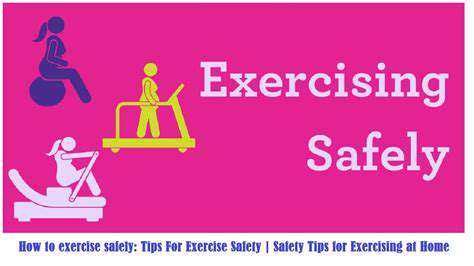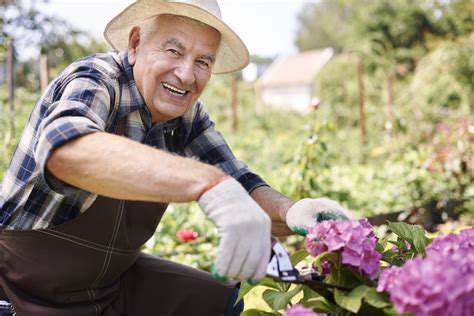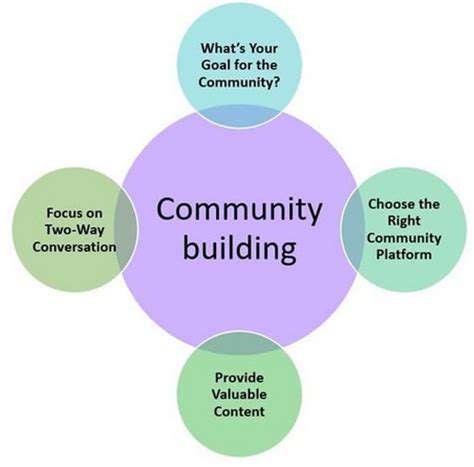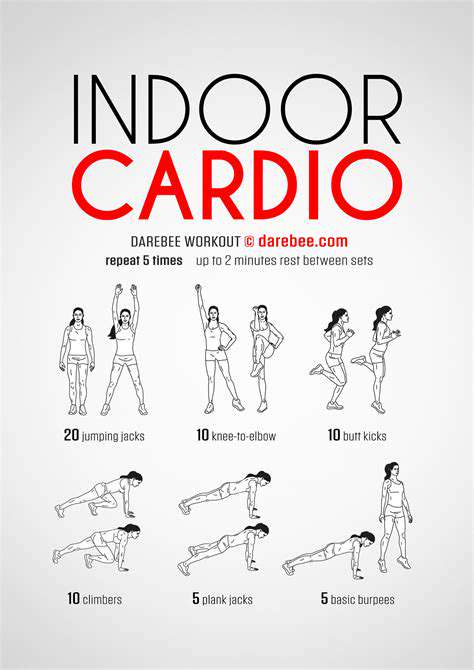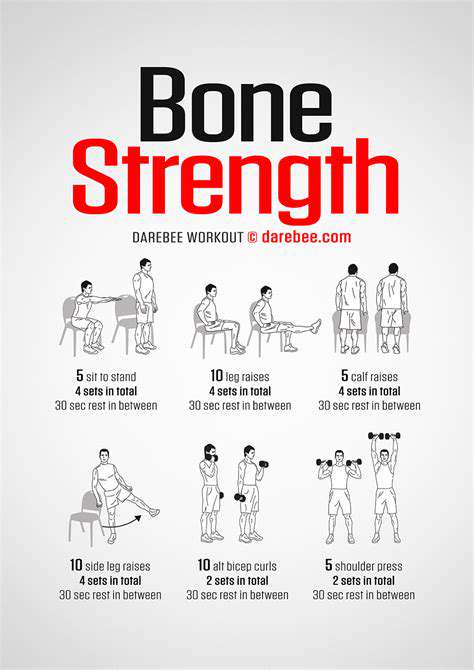4 Easy Functional Exercises Seniors Can Do While Watching TV
Chair squats are a fantastic exercise for seniors looking to improve lower body strength and balance while maintaining a safe and comfortable workout routine. By utilizing a chair for support, you can focus on proper form and gradually increase the intensity as your strength improves. This foundational exercise is crucial for everyday activities like getting up from a chair, climbing stairs, and maintaining mobility.
Performing chair squats regularly can significantly enhance your functional strength, enabling you to perform tasks more easily and independently. It's a low-impact exercise that can be adapted to various fitness levels, making it suitable for seniors of all abilities.
Proper Form and Technique for Chair Squats
Maintaining proper form during chair squats is essential for maximizing benefits and minimizing risk of injury. Begin by sitting on a stable chair with your feet flat on the floor, shoulder-width apart. Ensure your back is straight and your core engaged. Slowly stand up, keeping your weight centered, and then lower yourself back down to the chair seat. Repeat this motion, focusing on controlled movements and maintaining a stable posture.
Pay close attention to your knees, ensuring they don't extend past your toes during the squatting motion. If you experience any pain, stop immediately and consult with your doctor or physical therapist. Proper form is crucial for preventing injury and maximizing the effectiveness of the exercise.
Chair Squats: Building Strength and Balance
Chair squats are a valuable exercise for building strength in the legs, glutes, and core muscles. As you progress, you can challenge yourself by performing chair squats with less support, such as holding onto the chair with just one hand. This gradual increase in difficulty builds strength and enhances balance.
The balance aspect of chair squats is equally important for seniors. By challenging your equilibrium during each repetition, you're working to improve stability and coordination. This is beneficial for preventing falls and maintaining independence in daily activities.
Modifications and Considerations for Seniors
Chair squats are highly adaptable, allowing for modifications to cater to various fitness levels and needs. If you have limited mobility, you can start with shorter repetitions or use a higher chair for added support. Gradually decrease the height of the chair as your strength improves.
Consider using resistance bands around your knees or ankles for added resistance as you progress. This will help you build strength more effectively and challenge your muscles in a safe and controlled manner. Always consult with your healthcare provider before starting any new exercise program.
Chair Squats in Combination with Other Exercises
Chair squats can be seamlessly integrated into a comprehensive exercise routine for seniors, complementing other exercises that target different muscle groups. Combine chair squats with arm exercises, such as arm circles or shoulder presses, to create a well-rounded workout. This integrated approach will help you address different areas of your body, promoting overall strength and fitness.
Incorporating chair squats into your daily routine, along with other exercises like seated rows or bicep curls, can create a complete and beneficial workout session that promotes a healthy and active lifestyle for seniors.
Arm Circles and Shoulder Shrugs
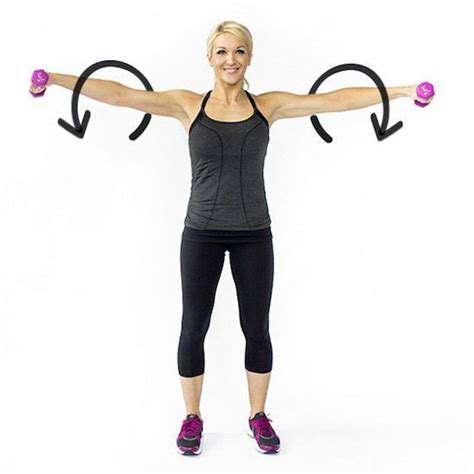
Arm Circles
Arm circles are a fantastic exercise for improving shoulder mobility and flexibility. Performing arm circles in both directions helps to loosen up the rotator cuff muscles and improve the range of motion in your shoulders. This is crucial for preventing injuries and maintaining overall shoulder health, especially as we age. The gentle, controlled movement of arm circles also aids in strengthening the muscles surrounding the shoulder joint.
When performing arm circles, it's important to maintain a controlled and consistent pace. Avoid jerky movements or forcing the range of motion beyond your comfort level. Starting with smaller circles and gradually increasing the size as you become more comfortable is a good approach. Proper form is key to maximizing the benefits and minimizing the risk of injury.
Shoulder Shrugs
Shoulder shrugs are a simple yet effective exercise for strengthening the trapezius muscles, which are located in your neck and upper back. These muscles play a vital role in supporting the shoulders and neck, and regular shoulder shrugs can help to improve posture and reduce tension in these areas. Proper form is essential for targeting the correct muscles and maximizing the benefits of the exercise.
When performing shoulder shrugs, ensure that you're not shrugging your shoulders too high or too forcefully. Focus on a controlled, smooth movement, lifting your shoulders up towards your ears and then returning them to their normal position. Over-exertion can lead to unnecessary strain on the neck and upper back, so maintaining control is vital. Avoid holding your breath while performing the exercise, and remember to breathe normally throughout the entire movement.
Benefits of Combining Exercises
Combining arm circles and shoulder shrugs can create a comprehensive workout for your shoulder area. This combination targets a wider range of muscles, improving overall shoulder strength and mobility. The dynamic movement of arm circles complements the static strengthening of shoulder shrugs, creating a more balanced and effective exercise routine for the shoulders and surrounding areas. This approach helps to prevent imbalances in muscle development and promotes a more holistic approach to shoulder health.
Important Considerations
Before starting any new exercise routine, it's crucial to consult with a healthcare professional or physical therapist, especially if you have any pre-existing shoulder conditions. They can provide personalized guidance and recommendations based on your specific needs and limitations. Listen to your body and stop the exercise if you experience any pain or discomfort. Proper warm-up and cool-down routines are essential to prepare your muscles for the exercise and to facilitate recovery afterwards. This will help prevent injuries and maximize the benefits of your workouts.


